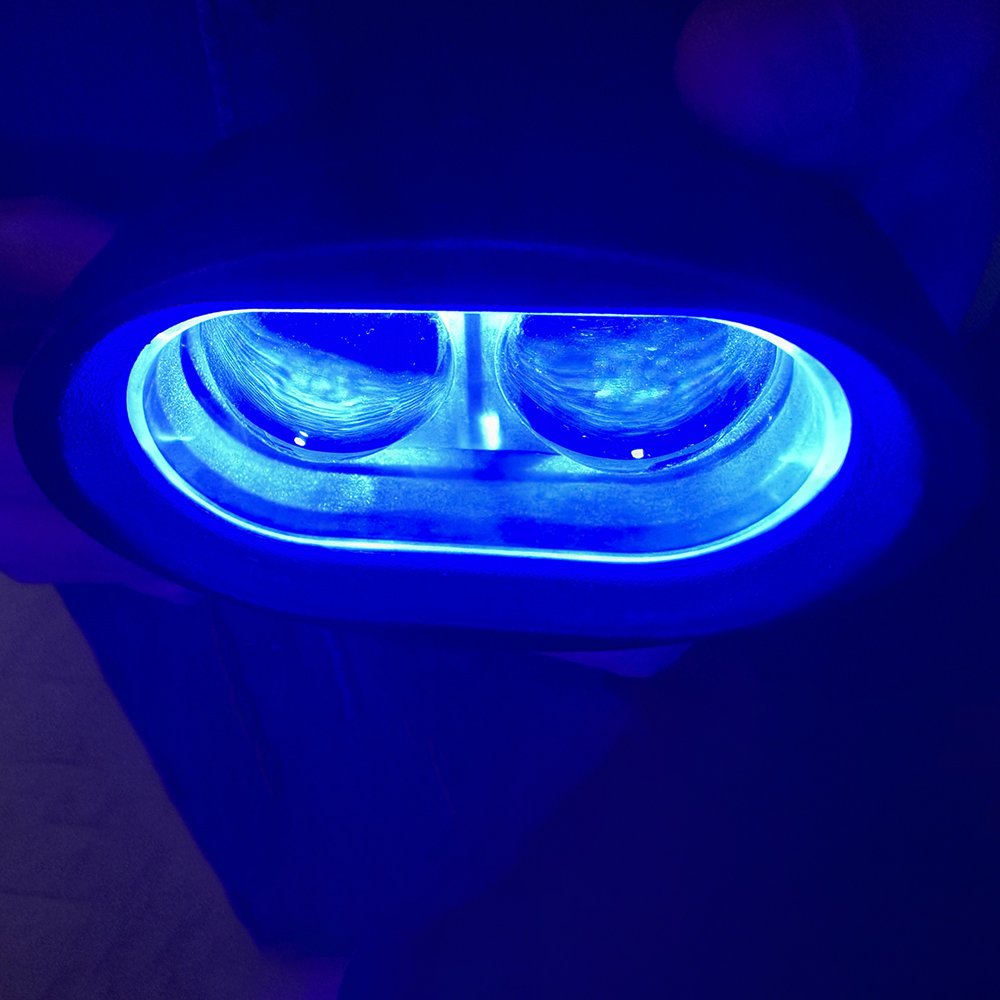导言
警示灯是应急车辆的重要组成部分,为道路提供能见度和安全性。警示灯的种类有 蓝色和红色 LED(发光二极管) 常用。在本文中,我们将深入探讨警示灯中蓝色和红色 LED 背后的科学原理,解释它们的不同波长如何影响能见度,以及为何选择它们来实现这一重要目的。
了解光波长
在深入了解蓝光和红光 LED 的具体细节之前,我们有必要了解一下光波长的概念。光(包括可见光谱)由不同的颜色组成,每种颜色对应一种特定的波长。可见光谱从较短波长(紫光和蓝光)到较长波长(绿光、黄光、橙光和红光)不等。

为什么是蓝色和红色?
蓝光和红光 LED 因其独特的特性而成为警示灯的首选:
蓝色 LED
蓝光的波长较短,这意味着它在大气中的散射较少。与波长较长的颜色相比,这种散射特性使蓝光能更有效地穿透雾、雨和灰尘。这种增强的可视性对于在恶劣天气条件下行驶的应急车辆至关重要。
红色 LED
红光在光谱的另一端具有较长的波长。与波长较短的颜色相比,红色 LED 能够更好地穿透烟雾和雾霾。因此,在能见度可能会受到影响的情况下(如火灾现场),红色 LED 是警示灯的理想选择。

LED 技术的作用
既然我们已经了解了选择蓝色和红色波长的原因,那么让我们来探讨一下为什么 LED 是警示灯的首选技术。
能源效率
LED 非常节能与传统的白炽灯或卤素灯相比,这些灯泡的耗电量要低得多。在紧急情况下,车辆需要长时间开灯,因此能效至关重要。
耐用性和使用寿命
与传统灯泡相比,蓝色和红色 LED 特别耐用,使用寿命更长。它们可以承受振动、冲击和极端温度,确保在最苛刻的环境中也能保持可靠性。
即时开启
LED 在启动时可立即发光,消除了警示灯反应的任何延迟。这种快速的反应时间在紧急情况下可以起到至关重要的作用。

颜色定制
LED 的另一个优点是能够发出纯正而鲜艳的色彩。这样就可以精确定制警示灯,以满足特定要求。控制色彩输出的能力可确保警示灯易于区分,并符合法律规定。
底线
简而言之,警示灯中蓝色和红色 LED 背后的科学原理是基于其独特的波长特性以及以下优点 LED 技术。 蓝色 LED 可在恶劣天气条件下提供出色的能见度,而红色 LED 则能有效穿透烟雾和雾霾。LED 技术具有节能、耐用、即时响应和颜色定制等特点,是应急车辆警示灯的理想选择。通过深入了解这些 LED 背后的技术,我们可以更好地理解它们对改善交通和应急现场安全的重要贡献。
联系我们 360 Autotek LED 照明公司 以获得所需的汽车灯。
